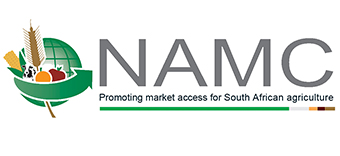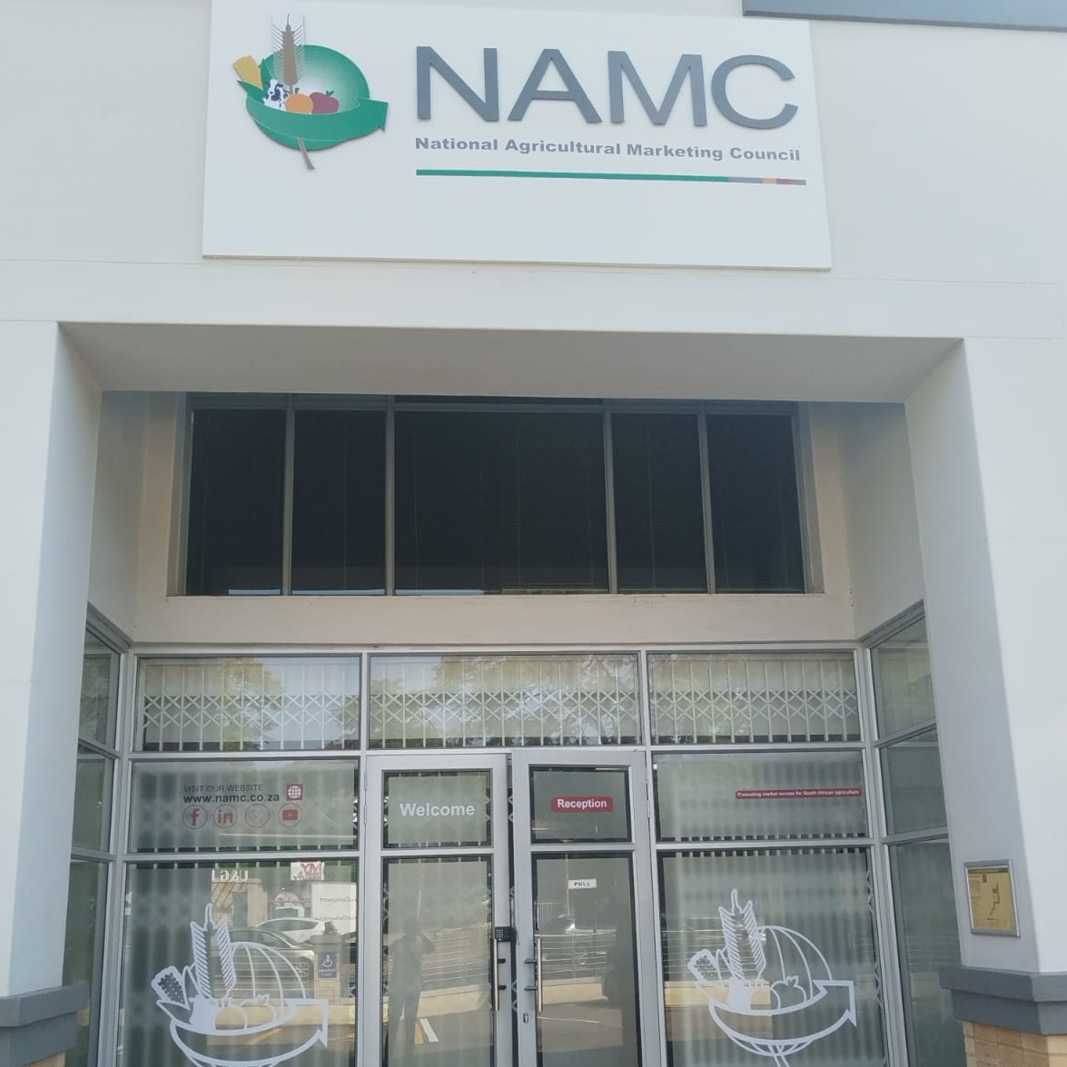PRODUCTION DATA

Whereas there is cassava production in South Africa, a few farms produce at commercial level. The many smallholder farmers in the provinces of KwaZulu Natal, Limpopo and Mpumalanga either intercrop with other crops, grow the crop on farm boundaries, or have small fragmented parcels of land in various locations. This renders production to be highly uncoordinated, to the extent that farmers also struggle to identify the cultivars (varieties) being grown. Furthermore, the uncoordinated cassava production goes a long way in making the collection of production-related and sales-related data impossible. Therefore, the estimated production-related data presented on this portal emanates from a survey done during the 2022/2023 financial year in the major cassava producing areas of King Cetshwayo and uMkhanyakude District Municipalities of KwaZulu-Natal province, Mopani district of Limpopo province and Enhlanzeni district municipality of Mpumalanga province. Within the dataset, yield varies significantly among the individual respondents from as low as zero kg/ha to a maximum of 5000kg/ha. However, mean values are presented in the table below.
| Province | District municipality | Hectares under cassava production in 2021/22 (ha) | Yield (kg/ha) |
|---|---|---|---|
| Kwa-Zulu Natal | uMkhanyakude | 0.645 | 582.22 |
| King Cetshwayo | 0.549 | 321.13 | |
| Limpopo | Mopani | 0.844 | 193.93 |
| Mpumalanga | Enhlanzeni[1] | 0.405 | 127.95 |
Notes:
- Yield is for fresh cassava tubers harvested during the previous season, with reference to the time the survey was conducted
- The two commercial farms located in Mpumalanga and KwaZulu Natal provinces had not harvested, thus no production data available at the time.
[1] Data was only obtained from FABCO members located in the Bushbuckridge area
Cite this page as: Lubinga M.H., Rambau M.D., & Shiba W. (2024). Cassava database version 1. Funded through the Agricultural Bio-Economy Innovation Partnership Programme (ABIPP) – Grant No. 2021/FUN116/AA.
FUNDED THROUGH THE AGRICULTURAL BIO-ECONOMY INNOVATION PARTNERSHIP PROGRAMME (ABIPP)


Contact the NAMC
Call (012) 341 1115
Hillcrest Office Park, 177 Dyer Road, Barbet Place, Ground Floor, Hillcrest, Pretoria, 0083.
info@namc.co.za (Communications Contact) | media@namc.co.za (Media inquiries)


